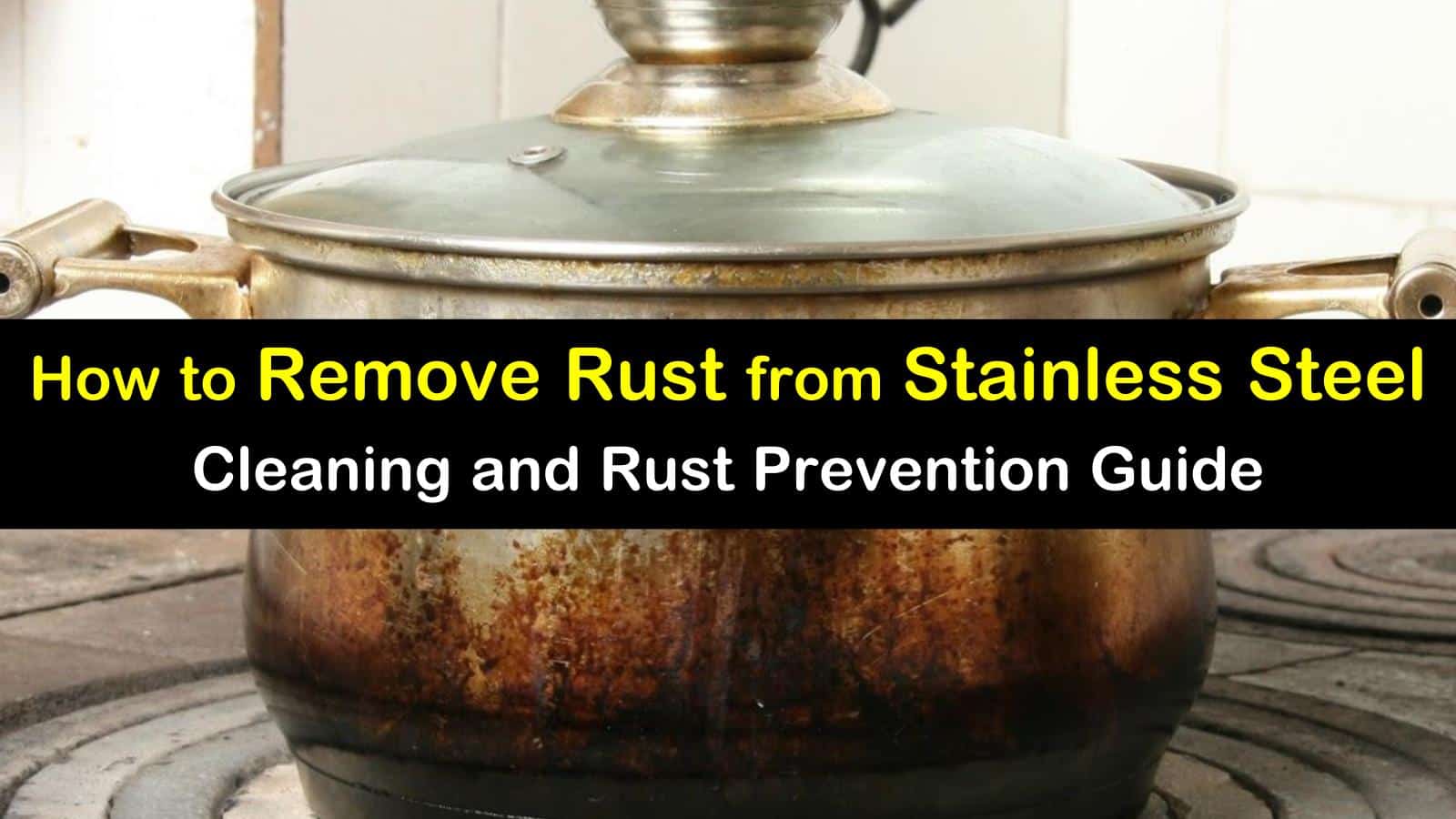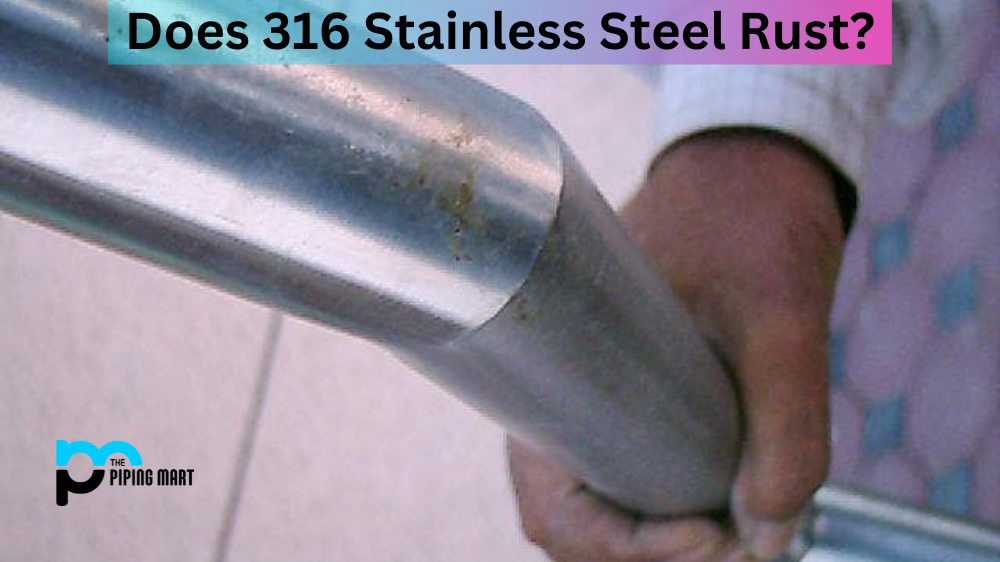

Due to their higher costs, metal 3D printing can be a viable fabrication method for these parts. These steels are used in a wide variety of operations - because they’re weatherproof, they work just about anywhere. 303 and 304 are the most common types of austenitic stainless steels, and 316L is a variant that maximizes corrosion resistance. They are corrosion resistant and can be both easily machined and welded, though they cannot be heat treated. Beyond corrosion resistance, the mechanical properties of these steels can vary greatly.Īustenitic stainless steels are the most common type of stainless steel. Stainless steels are united around one key material property: excellent corrosion resistance, attributable to high Chromium content (>10.5% by mass) and low carbon content (<1.2% by mass). A few metal printing companies offer low-alloy steels like 4140, but they’re generally rare.

Because it’s easily machined and cheaply acquired, metal 3D printing’s higher inherent part costs make it economically untenable to print. The properties that make alloy steel advantageous to produce via conventional methods make it less valuable to 3D print. If a part doesn’t need to be corrosion-resistant, low-alloy steels offer the best bang for your buck. They’re machinable, affordable, readily available, and possess good mechanical properties. As a result, 4140 is used in high-wear applications and elevated temperatures.Īlloy steels are one of the most widely used steels in industry today. This means that the primary alloying elements are chromium (which boosts corrosion resistance) and molybdenum (which boosts toughness). 4140, one of the most common alloy steels, is a Chromium-Molybdenum alloy steel. They’re often stronger, stiffer, and slightly more resistant to corrosion than traditional carbon steels.Īlloy steels are defined by the primary alloying materials (in addition to carbon). Low-alloy steels integrate one or more alloying elements (like chromium, cobalt, niobium, molybdenum, nickel, titanium, tungsten, vanadium, or zirconium) to improve on material properties of traditional carbon steels. Low-Alloy Steels (sometimes called carbon steels) Overall, carbon steel is excellent if you’re looking for a low-cost metal, but generally unfit for high-quality or high-precision manufacturing operations. All carbon steels are susceptible to rust, making them unfit for use in a wide variety of end-use applications. Low-carbon steels are weaker and softer, but can be machined and welded easily while high-carbon steel is stronger, but significantly harder to process.

1020 Steel, a low-carbon steel, is one of the most popular steels produced today.Ĭarbon steel has varying mechanical properties based on carbon content. Low-carbon steels are extremely common, while high-carbon steels are only used in high-strength, non-corrosive environments. Within the carbon steel definition, materials can be defined as either low-carbon steel or high-carbon steel. In addition, any steel that requires alloying elements (like 41, for example) are not carbon steels. It’s Iron with some carbon, and limited alloying elements. These steels, while not satisfying the technical requirements of carbon steel, signify the greater divide in steel: stainless steel vs everything else.Ĭarbon Steel vs Stainless Steel (by definition)Ĭarbon steel by definition is extremely simple. Unlike carbon steels, low-alloy steels can contain small quantities of a wide variety of alloying elements, allowing them to be customized for a wider variety of applications. In addition to the precise definition, the term carbon steel is also used to refer to the broad group of alloy steels that are not stainless steels. The amount of carbon can vary and there are a few acceptable alloying materials, but these steels are simple. The technical definition, while complex, boils down to one simple constraint - true carbon steels must have almost no alloying elements, making them primarily comprised of two materials: iron and carbon. When the maximum content specified for any of the following elements does not exceed the percentages noted: manganese 1.65, silicon 0.60, copper 0.60.When the specified minimum for copper does not exceed 0.40 per cent.No minimum content is specified or required for chromium, cobalt, columbium, molybdenum, nickel, titanium, tungsten, vanadium, or zirconium, or any other element to be added to obtain a desired alloying effect.The technical definition is very clear: According to the American Iron and Steel Institute (AISI), a steel must meet the following standards to match the technical definition of carbon steel: “Carbon steel” has two meanings - a technical definition and a more general classification.


 0 kommentar(er)
0 kommentar(er)
